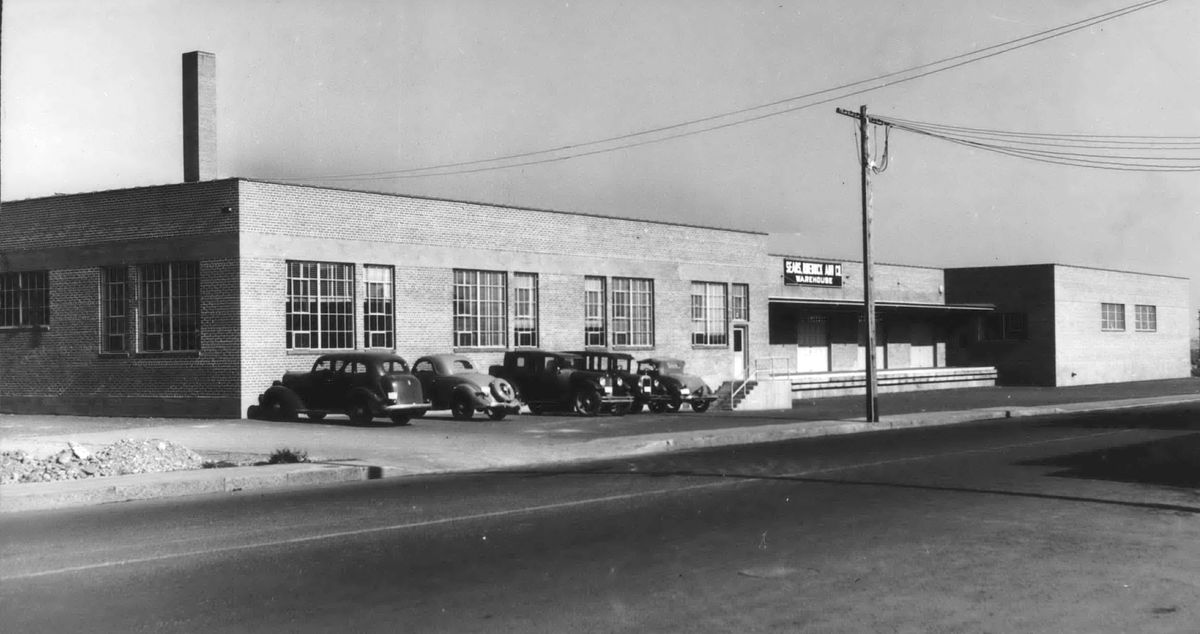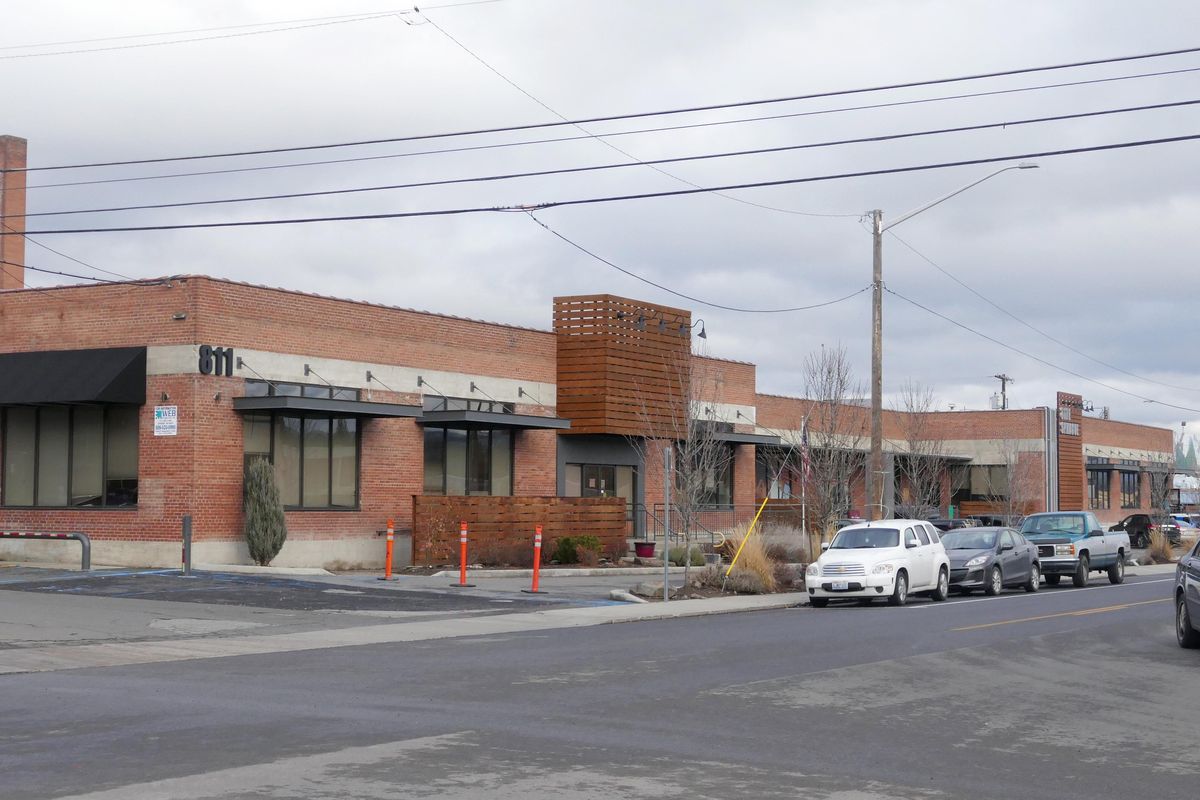Then and Now: Sears, Roebuck and Co. warehouse
Sears, Roebuck and Co. leased this single story warehouse from the Northern Pacific Railroad in 1938, streamlining the movement of general merchandise to Spokane stores and mail order customers. It’s shown here in a 1939 photo. The unassuming building, designed by Charles I. Carpenter, was also a place where customers could place mail orders and pick up their purchases. Sears vacated the building around 1983. Today, the building houses a charter school called Pride Prep. (THE SPOKESMAN-REVIEW PHOTO ARCHIVE / SR)
For most of the 20th century, Sears was intertwined with Christmas, when rural shoppers could use their catalog to mail order items from their wish lists, from toys to snow tires, drum sets to hunting rifles, cameras to girdles.
Richard Sears began selling watches by mail order from Minneapolis in 1886. Joined later by Alvah Roebuck, the pair moved to Chicago and formed Sears Roebuck & Co. to sell general merchandise in 1893. With each passing year, the company’s catalog, originally written by Sears, became a staple in American homes. Improvements in the mail system, including rural home delivery and parcel post, contributed to the explosive growth.
Before Spokane had a Sears store, 1902 Spokane newspapers carried an advertisement from Sears for an “electric belt” guaranteed as a “quick cure” for more than 50 ailments. The medical quackery disappeared a few years later, replaced by another ad in 1906 for a treadle sewing machine for $7.65.
Sears opened their first retail store in 1925 in Chicago. They built so many that by 1931, retail sales exceeded the mail-order business.
In Spokane, their flagship store opened in 1930 at Main Avenue and Lincoln Street downtown. It was classic Sears architecture: a blocky white modern structure with a prominent central tower. Through the 1930s, Sears was locked in fierce competition with J.C. Penney and Montgomery Ward stores in expanding rapidly from mail order to retail stores.
To aid the flow of goods, Sears leased a 222-foot-by-228-foot brick warehouse, built by the Northern Pacific Railroad at 811 E. Sprague Ave., in 1938. For decades, trains brought general merchandise for local stores, as well as special orders. By the 1960s, there were stores in Spokane Valley and at Lincoln Heights. Customers could also go there to place catalog orders, pick up purchases, have merchandise repaired and shop for outdoor furniture and tools.
Although Sears profits increased through the 1980s, shopping habits were changing. Sears appealed to the middle-class budget shopper, but Kmart, Walmart and other discounters did, too. The Sprague warehouse closed around 1983.
Sears declared bankruptcy in October 2018. Many stores have been closed. The current owner, ESL Investments, is attempting to revive the company.

